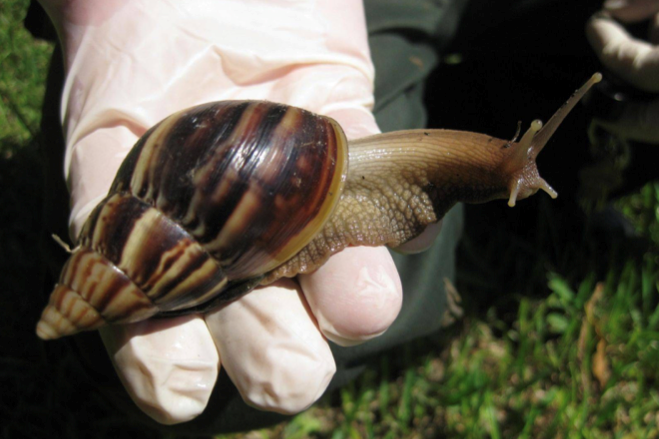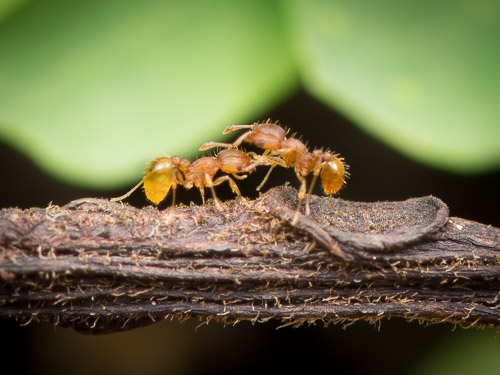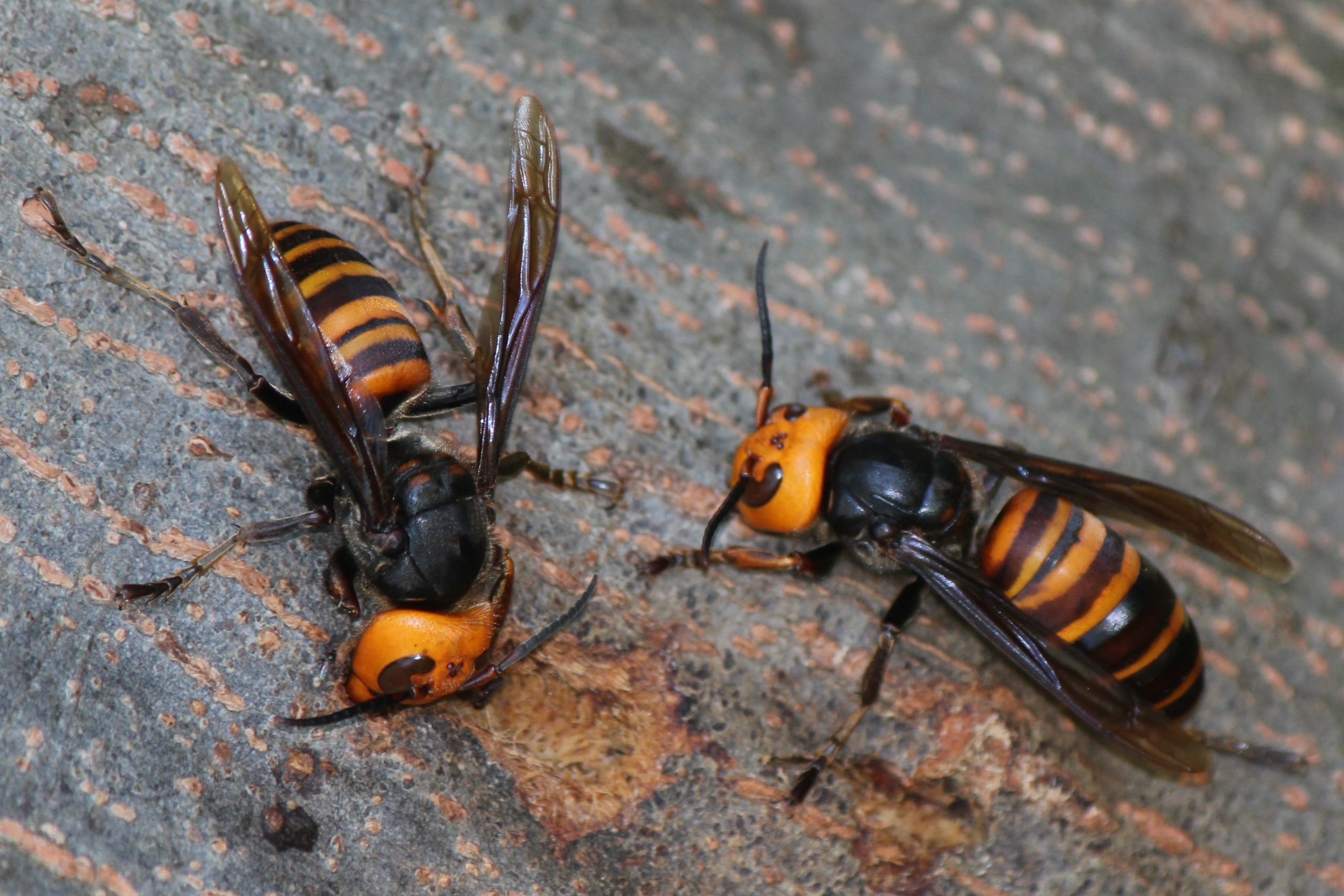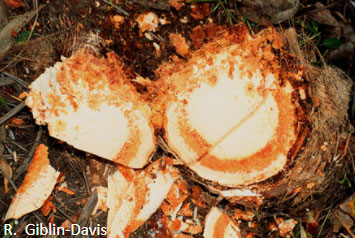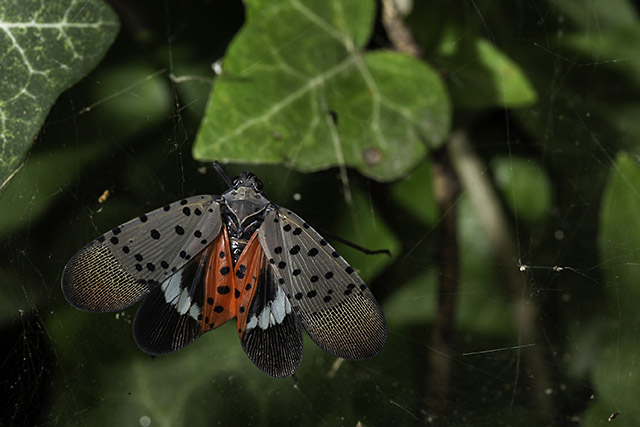Common name: Black velvet leatherleaf slug
Scientific name: Belocaulus spp.
Status in Hawaii: Not known to be present in Hawaii
The black leatherleaf slug is a jet-black slug that reaches a length of just over 2 inches. They are a known carrier of the parasite that causes rat lungworm.
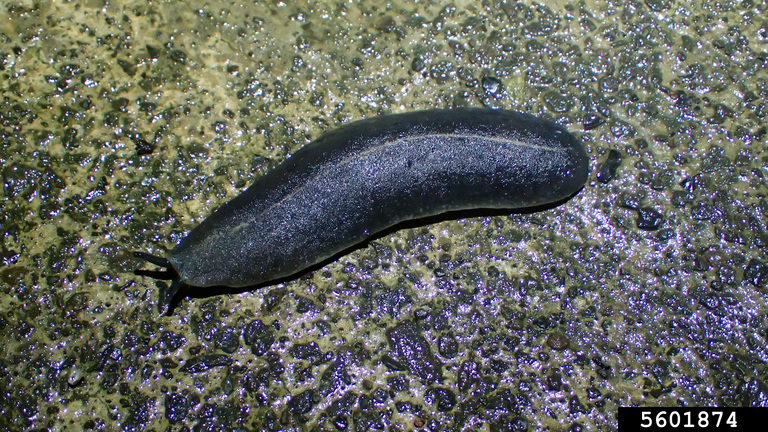
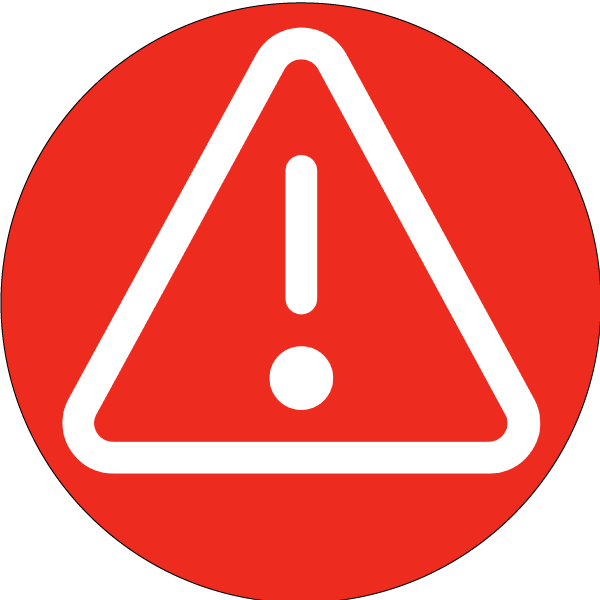
Impacts
- Agriculture:
- This species has an apparent lack of host specificity and consumes a wide variety of plants including grasses and other tender plants.
- This species has been recorded feeding on both living and decayed leaves.
- Health:
- Species of this family have been found to carry several nematode parasites, including Angiostrongylus cantonensis (rat lungworm), A. costaricensis, and A. malaysiensis. Angiostrongylus cantonensis can cause symptoms similar to meningitis in humans including headache, stiff neck, tingling or painful feelings in the skin, low grade fever, nausea, and vomiting.

Identification
- This slug can measure up to 55 mm [approx. 2 3 /16 in] when fully extended.
- It is jet black in color with similarly colored tentacles.
- There is a pale, inconspicuous tan stripe down the center of the back, which may not be visible. The mantle extends over the entire length of the body. The dorsal surface of the mantle may appear velvety or wrinkled.
- This species is small and will weigh no more than 1.2 grams.
- Visual signs of Veronicellidae can include chewing or rasping damage to plants, presence of eggs, juveniles and adults, mucus and slime trails, and/or ribbon like feces.
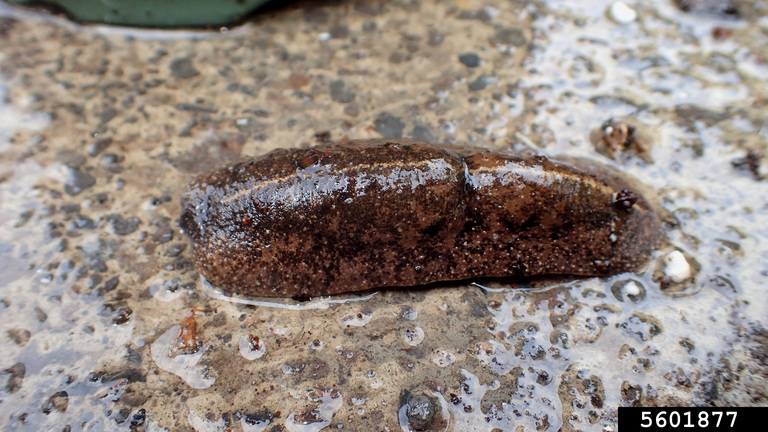


Vectors/Commodities
- Agricultural commodities, plant shipments, cargo. This species was introduced into the United States on plants from South America, most likely from Brazil or Argentina.
- Black velvet leatherleaf can be found in greenhouses and nurseries, specifically under potted plants, where it is likely to move with the nursery stock. Belocaulus angustipes can burrow into the soft soil and enter the root balls of plants through the drainage holes in the bottom of plant containers.

Distribution
- Native Range: South America
- Introduced Range:
- United States (limited detection in south and southeastern states: TX, OK, LA, MS, AL, FL, SC).
- Central America (Honduras)
- South America (Argentina, Brazil, Paraguay and Colombia)

Best Management Practices
- This species is not found in Hawaii. Prevention and early detection efforts protect Hawaii’s nursery industry and community.
- Consider sourcing options and pest distribution when purchasing plants.
- BOLO: Be on the lookout! Carefully inspect all shipments of commodities from the distribution range for slugs and slug damage.
- Routine nursery surveys are recommended as well:
- Search in heavily vegetated areas near where feeding damage has been observed, under debris, rocks, pots, and other areas where slugs/snails seek refuge.
- Trapping cannot be used alone but can be used to supplement visual surveying. Traps are not species-specific and will attract non-target species, including non-mollusks. Trap placement can occur in the same areas that visual surveys occur.
- Report any suspect pests to 643pest.org or by phone 643-PEST (7378).
Other Nursery Pests
PEST PREVENTION TRAINING
An advanced education program for those on the front lines protecting Hawaii from invasive species.
Contact your local Invasive Species Committee to schedule a training for your team. Learn more
This material was made possible, in part, by a Cooperative Agreement from the United States Department of Agriculture’s Animal and Plant Health Inspection Service (APHIS). It may not necessarily express APHIS’ views.














